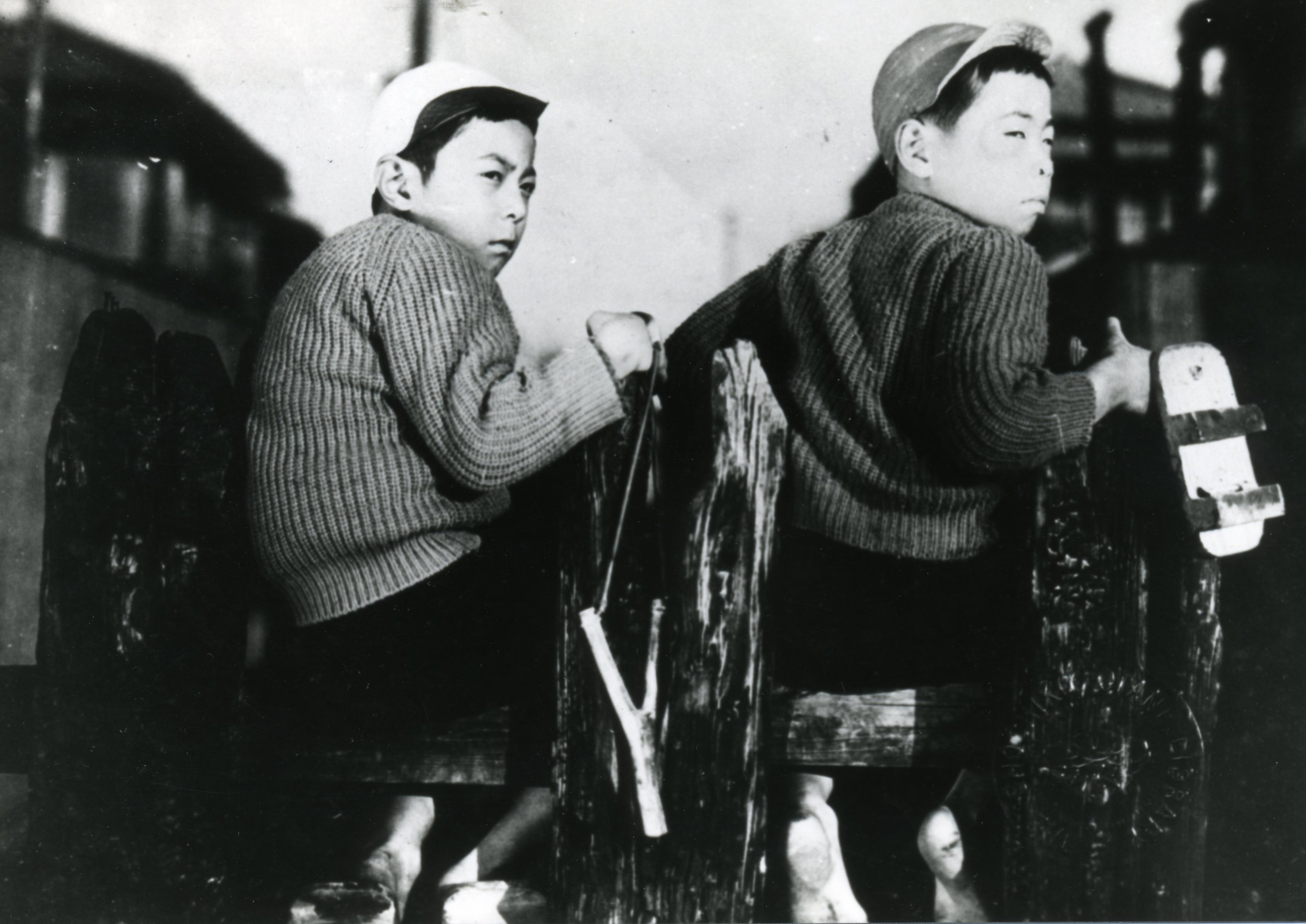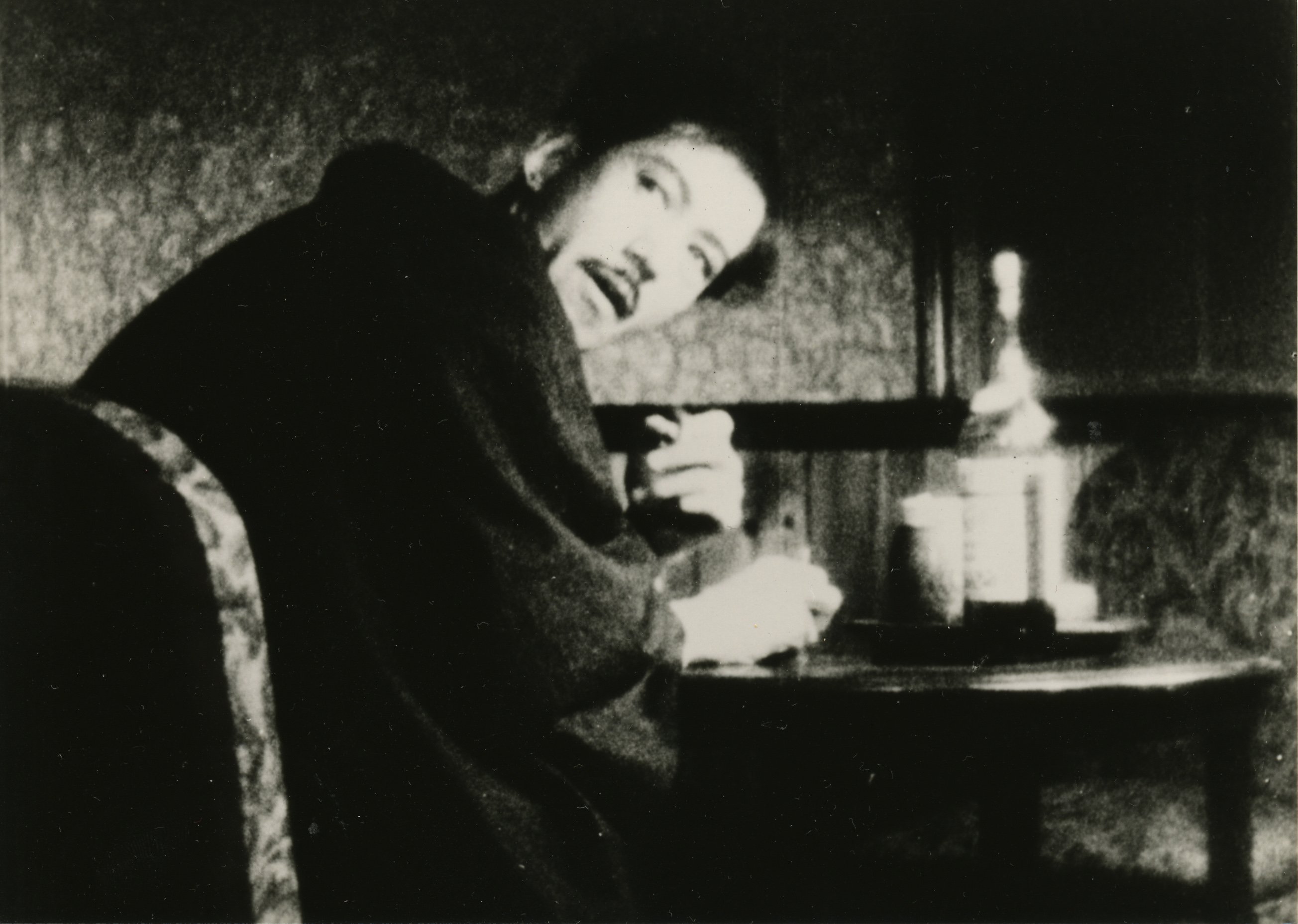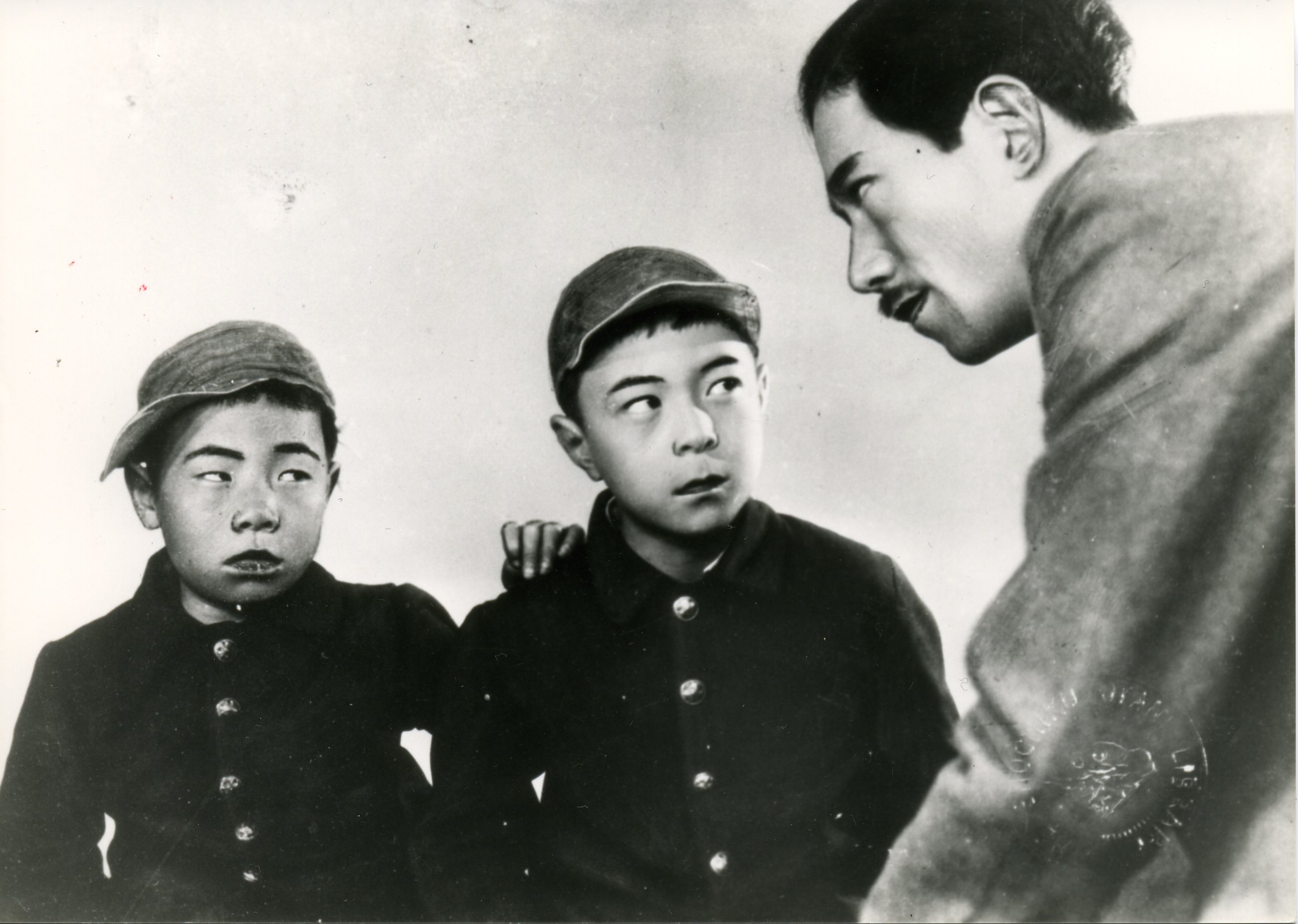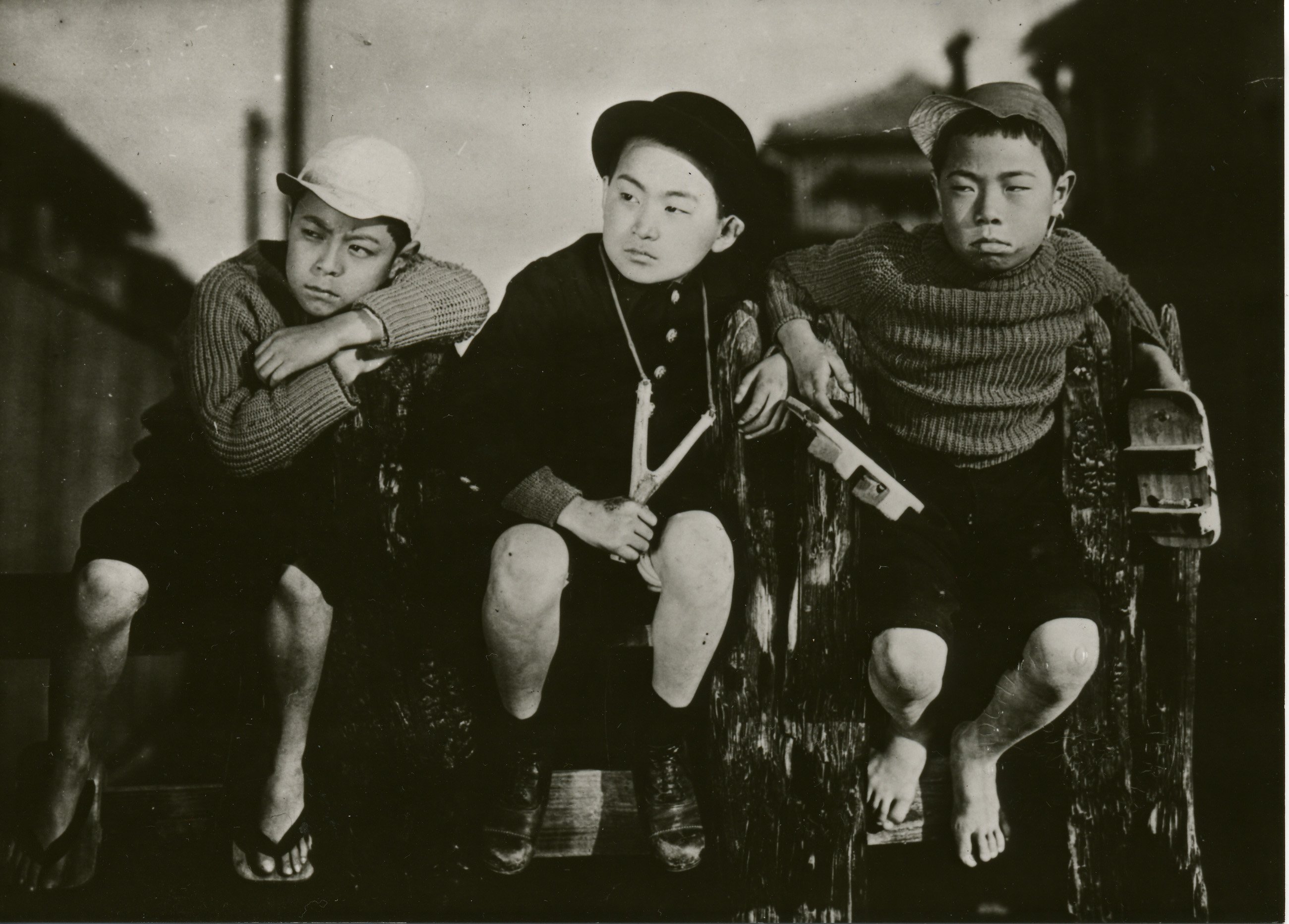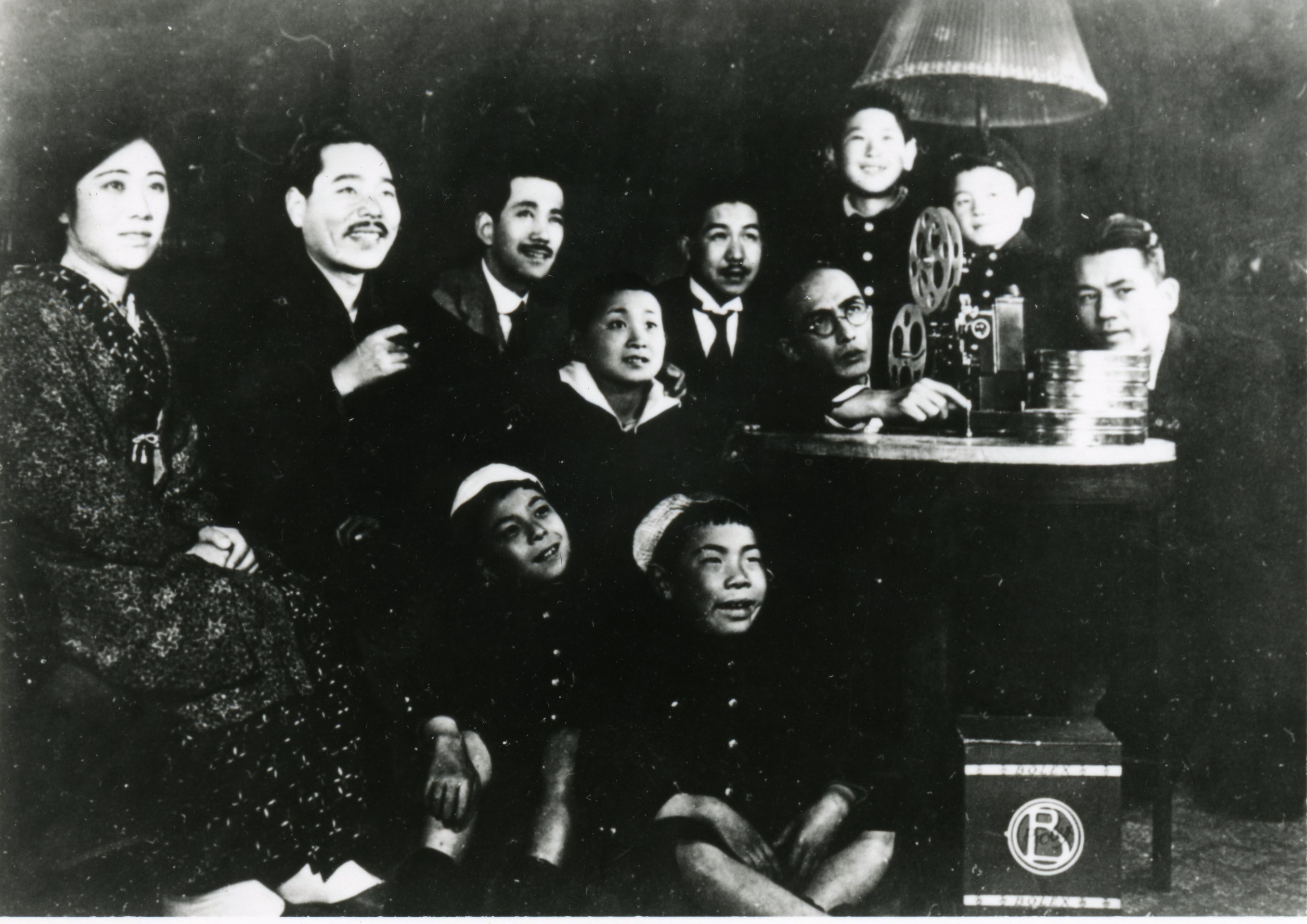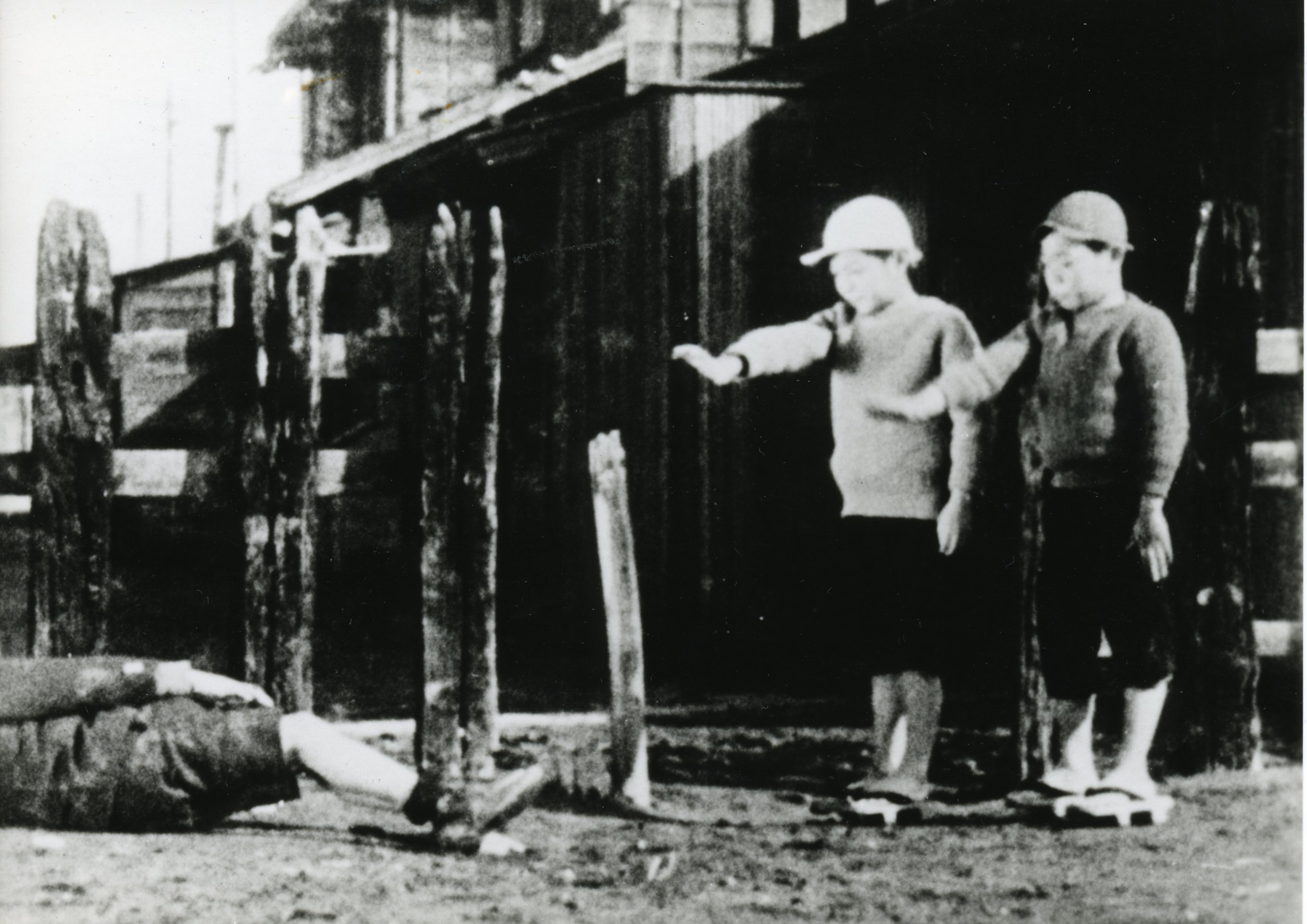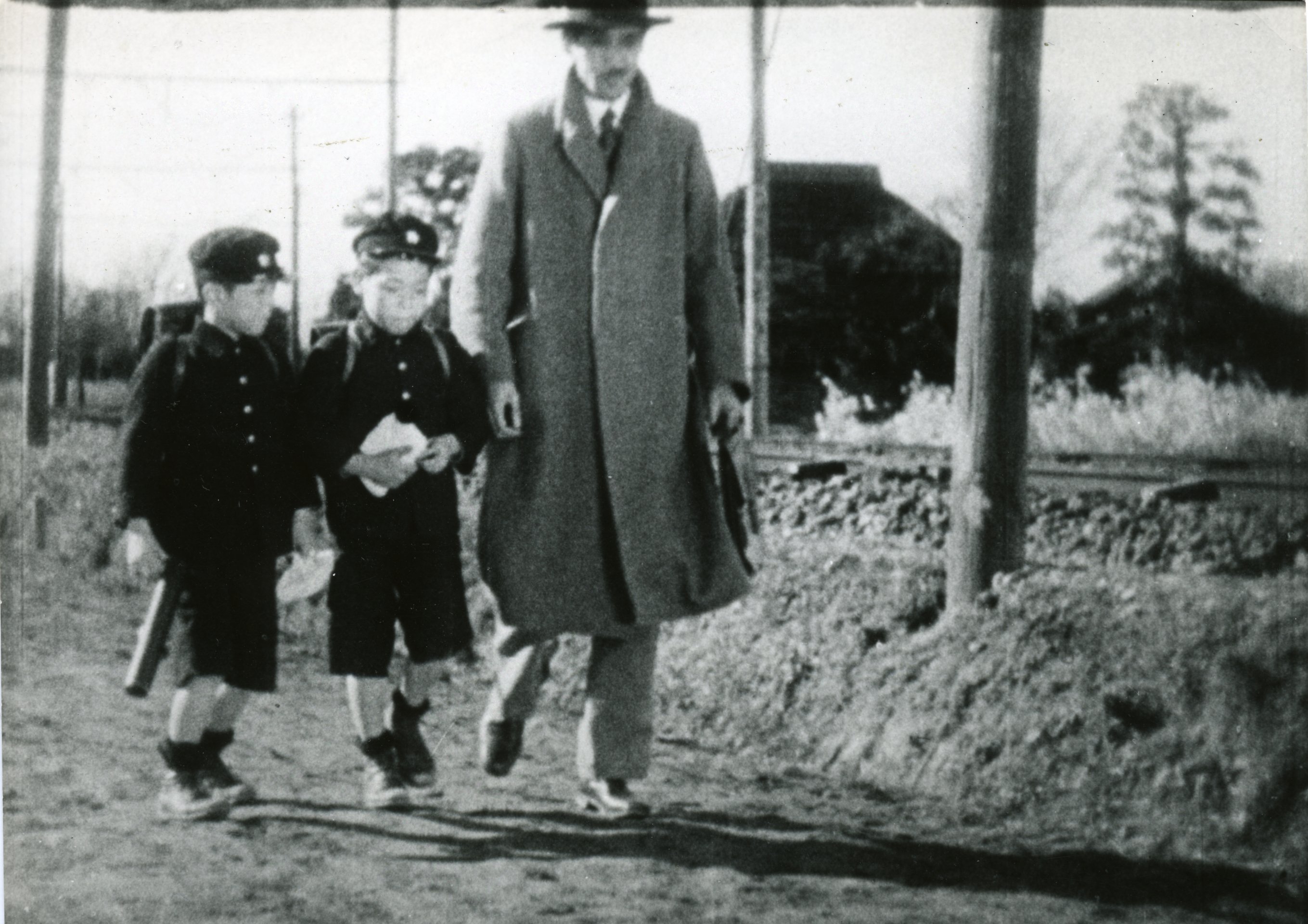
I WAS BORN, BUT…
I Was Born, But…
(Otona no miru ehon – Umarete wa mita keredo) (Shochiku, Japan, 1932)
dir.: Yasujirō Ozu; script: Akira Fushimi; photog.: Hideo Shigehara
cast: Tatsuo Saitō (Father), Tomio Aoki (Keiji), Mitsuko Yoshikawa (Mother), Hideo Sugawara (Ryoichi), Takeshi Sakamoto (director Iwasaki), Teruyo Hayami (Fujin)
35 mm, 2477 m, 24 fps, 91’; bw; intertitles: JA, subtitles: PL, EN; source: CSC – Cineteca Nazionale; rightholder: Shochiku Co., Ltd.
It’s the early 1930s and 10-year-old Ryoichi and 8-year-old Keiji move with their parents from downtown Tokyo to the suburbs of the city on account of their father getting a better job. However, it is they themselves who – using mainly their own wits and intelligence – have to find their place among their new schoolmates. Soon they will also find out that the rules in the adult world are different from those in the world of children.
A reflective comedy that falls under the shomin-geki genre of films depicting contemporary stories about the problems of ordinary people. This is the most well-known Japanese silent film around the world and the most important title from the first period of Yasujirō Ozu’s work.
Regarded from the 1940s as Japan’s national director, the most Japanese of all Japanese filmmakers, Ozu actually began his career as the most Western one. Associated with Tokyo’s Shōchiku studio, but fascinated with American cinema and a big admirer of Harold Lloyd, he primarily made comedies. I Was Born, But... was the 27th film made by the then 29-year-old director (he had only made his debut film just five years earlier!) and, as usual, it was made without a script, but featuring his favourite actors. As was characteristic of his work in that period, the film contains references on the one hand to the traditions of the genre, especially the elements of slapstick comedy, but on the other it is immersed in the reality of contemporary Japan as the country struggled with the effects of the economic crisis – hence the motif of social inequality affecting family relationships. Laughter – as in Chaplin’s films – is tinged with melancholic sadness. Originally conceived as a cheerful tale of the adventures of a couple of charming rascals, it ends with a bitter lesson in adulthood, with the behaviour of the children revealing the strict hierarchy of the world of their parents. This final tone caused the studio to postpone the release date for fear of putting off audiences – but it turned out that viewers loved the story. Ozu himself, passing from his creative exploration phase to one where he started to develop his own artistic language, would then move away from comedy towards more poetic, reflective cinema, although still keeping the family as his main theme.(KW)
introduction to the movie: Iga Harasimowicz
section: FOUR SIDES OF THE WORLD
music by: Jerz Igor
MONDAY | OCTOBER 25
19:00 | screening room: STOLICA

